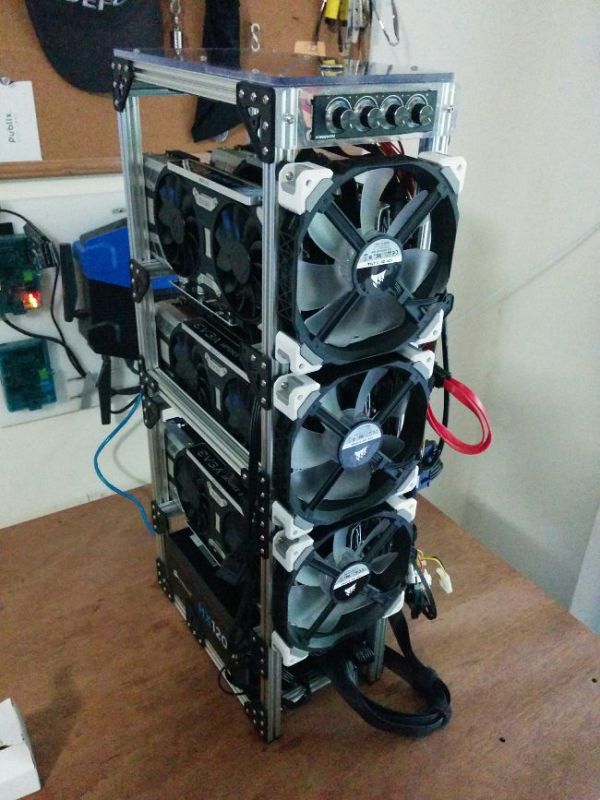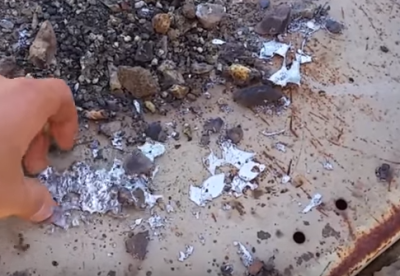Much to the chagrin of local historians, the city of Scranton, Pennsylvania is today best known as the setting for the American version of The Office. But while the exploits of Dunder Mifflin’s best and brightest might make for a good Netflix binge, there’s a lot more to the historic city than the fictional paper company. From its beginnings as a major supplier of anthracite coal to the introduction of America’s first electrically operated trolley system on its streets, Scranton earned its nickname “The Electric City” by being a major technological hub from the Industrial Revolution through to the Second World War.
Today, the mines and furnaces of Scranton lie silent but not forgotten. In the 1980’s, the city started turning what remained of their industrial sites into historic landmarks and museums with the help of State and Federal grants. I recently got a chance to tour some of these locations, and came away very impressed. They’re an exceptional look into the early technology and processes which helped turn America into an industrial juggernaut.
While no substitute for visiting these museums and parks for yourself, hopefully the following images and descriptions will give you an idea of what kind of attractions await visitors to the modern day Electric City.







 First, [Cody] crushed the rock down to marble size using his homemade rock crusher. Then he roasted the rock in a tire rim furnace. The ore was so rich in lead and silver that the some of the metal just dropped right out, forming splatters on the ground beneath the furnace. [Cody] then ball milled the remaining rock to a fine powder and panned out the rest of the lead. At this point the lead and silver were mixed together. [Cody] employed
First, [Cody] crushed the rock down to marble size using his homemade rock crusher. Then he roasted the rock in a tire rim furnace. The ore was so rich in lead and silver that the some of the metal just dropped right out, forming splatters on the ground beneath the furnace. [Cody] then ball milled the remaining rock to a fine powder and panned out the rest of the lead. At this point the lead and silver were mixed together. [Cody] employed 










